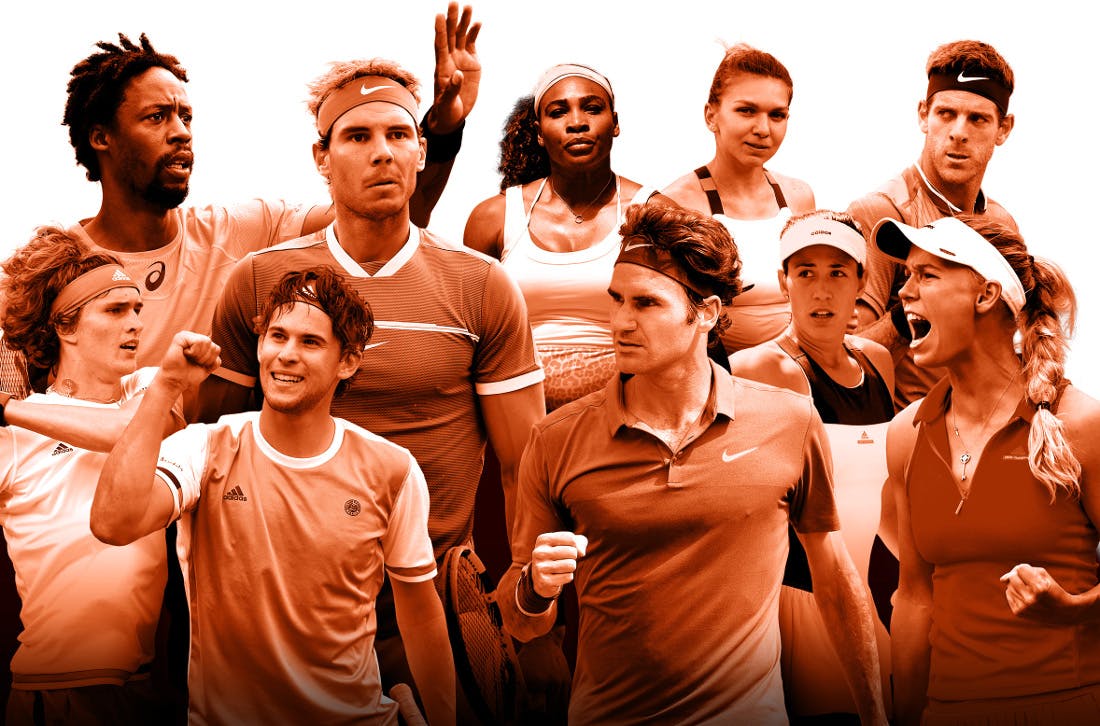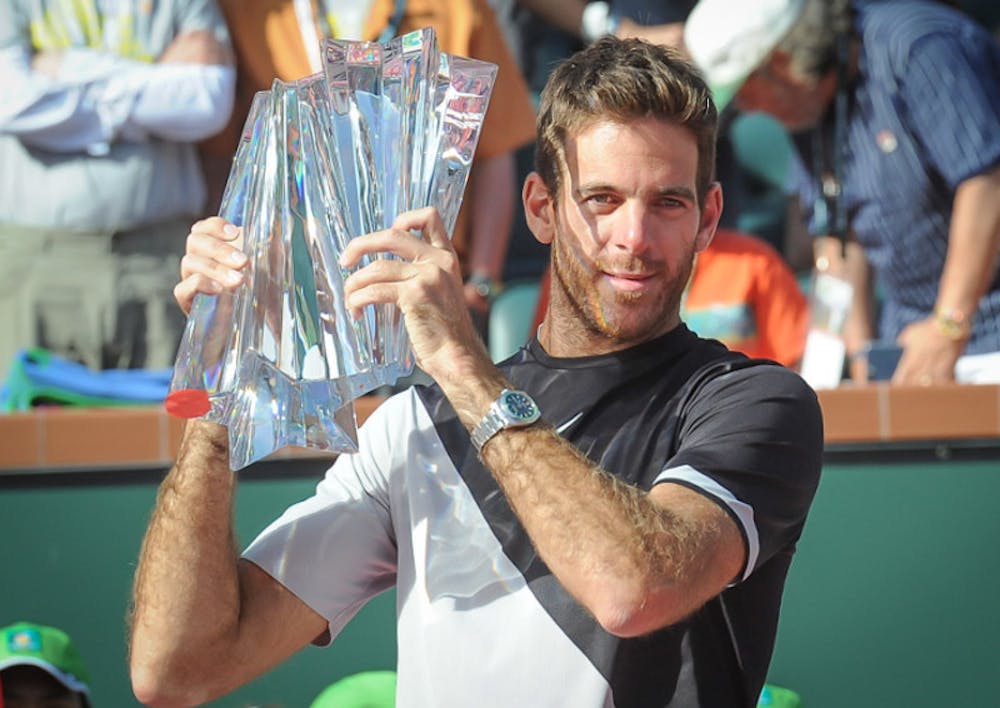Read more:
Tournament 2018: 10 to watch (very) closely!

Five reasons why Juan Martin del Potro will be one of the players to watch on the road to Paris.

In winning the BNP Paribas Open at Indian Wells, Juan Martin del Potro seems to have regained the form that took him to the US Open nine years ago. Having put his injury woes behind him, can the Argentinian kick on and playing a leading role at the 2018 Roland-Garros? Here are five reasons why we think he can.
In the ultra-competitive era of the ‘Big Four’, Del Potro was one of the few players, along with Stan Wawrinka, who could match them, a player capable of beating Rafael Nadal and Roger Federer en route to winning the US Open and of beating Novak Djokovic and Nadal at Rio 2016 and giving Andy Murray more than a run for his money in the final. Now 29 and with nothing left to prove, ‘Delpo’ beat Federer in the final at Indian Wells to record his ninth win over a world No1, a record among players who have never topped the ATP Rankings. An injury-free Del Potro is a live contender for any Grand Slam crown.
In winning the last two tournaments he has contested – in Acapulco and then Indian Wells – Del Potro has seen off the highly rated Dominic Thiem and Alexander Zverev, as well as Federer. With Djokovic still some way off his best, there is only one other French Open contender Delpo has yet to come up against this year: the ‘King of Clay’ himself, Nadal.
Though he has missed four of the last five Roland-Garros, Del Potro is, like any self-respecting Argentinian, almost as effective on clay as he is on hardcourt. He reached his first Grand Slam semi-final in Paris – a momentous meeting with Federer in 2009 – and his three defeats there since then have come against the best: Djokovic in 2011, Federer in 2012 and Murray in 2017.
Del Potro forced his way back into the elite last season mainly on the back of his stellar forehand, while a series of wrist operations had reduced his backhand to nothing more than a slice. Over the last few weeks, however, that once-feared weapon has made a reappearance, a weapon that will make Del Potro an even tougher proposition on clay. “I can use it more effectively when I return and take control of the rally, which means less running around for me,” he said. That doesn’t mean to say he won’t be hitting his fearsome forehands anymore, just that he has more tactical options at his disposal now.
There’s no question of Del Potro getting carried away by his recent successes; he knows only too well how fragile his wrist remains. “I’m staying cautious. I need to get my programme right for the clay season.” His entire career is a reminder that he has one big asset when it comes to being a threat at Grand Slam events: he does not need a lot of matches to be competitive. The best could yet be to come for the Argentinian.